5 Basic Commands Your Dog Must Learn
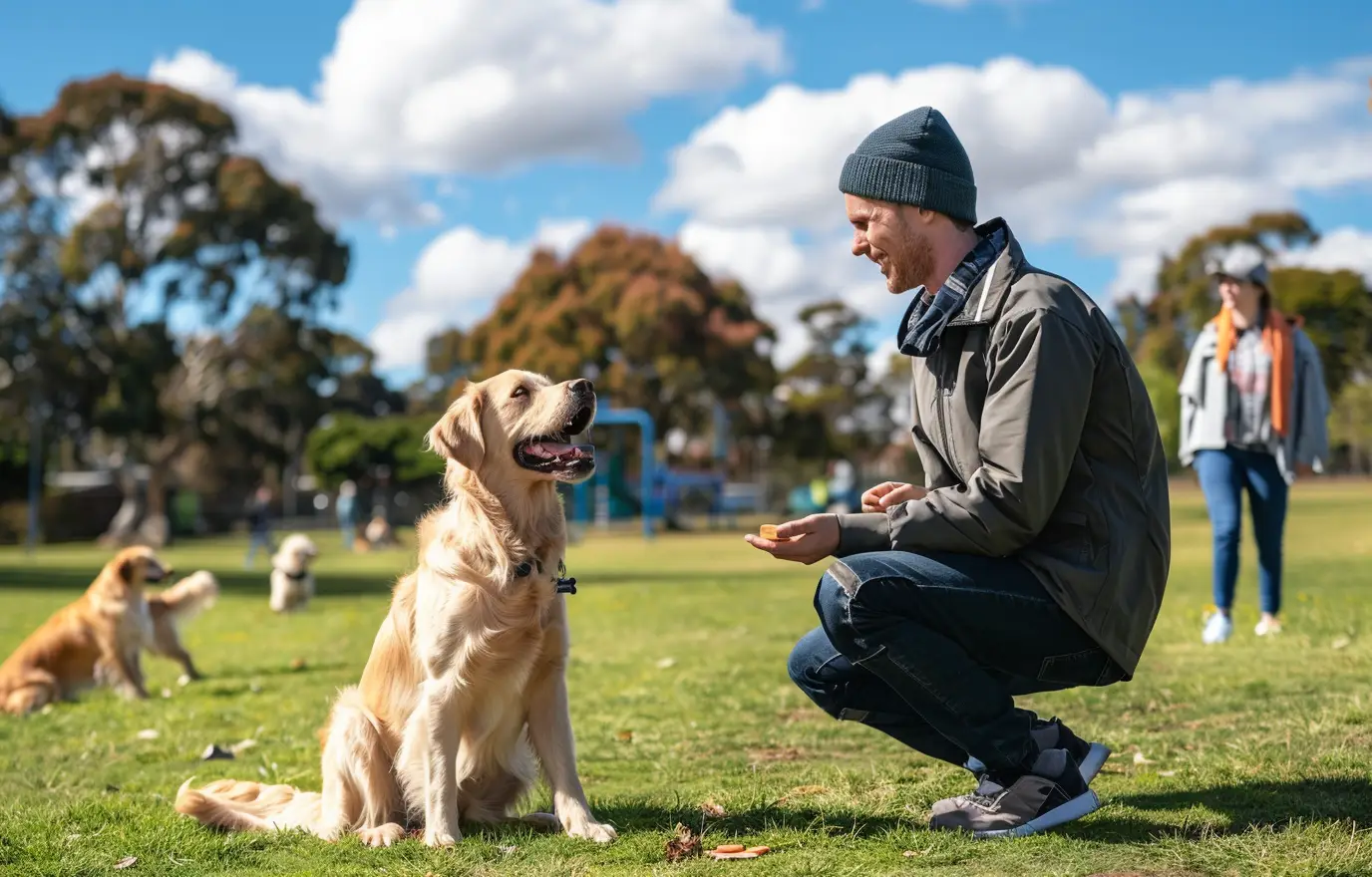
Ever feel like your dog is training you instead of the other way around? Don’t worry, we’ve all been there. To keep your dog in check, mastering a few basic commands is essential. After all, no one wants to be the person yelling “sit!” in the park while their dog chases butterflies. So today, let’s dive into the five basic commands every dog needs to know — not only to make you look good on walks but also to make your life so much easier!
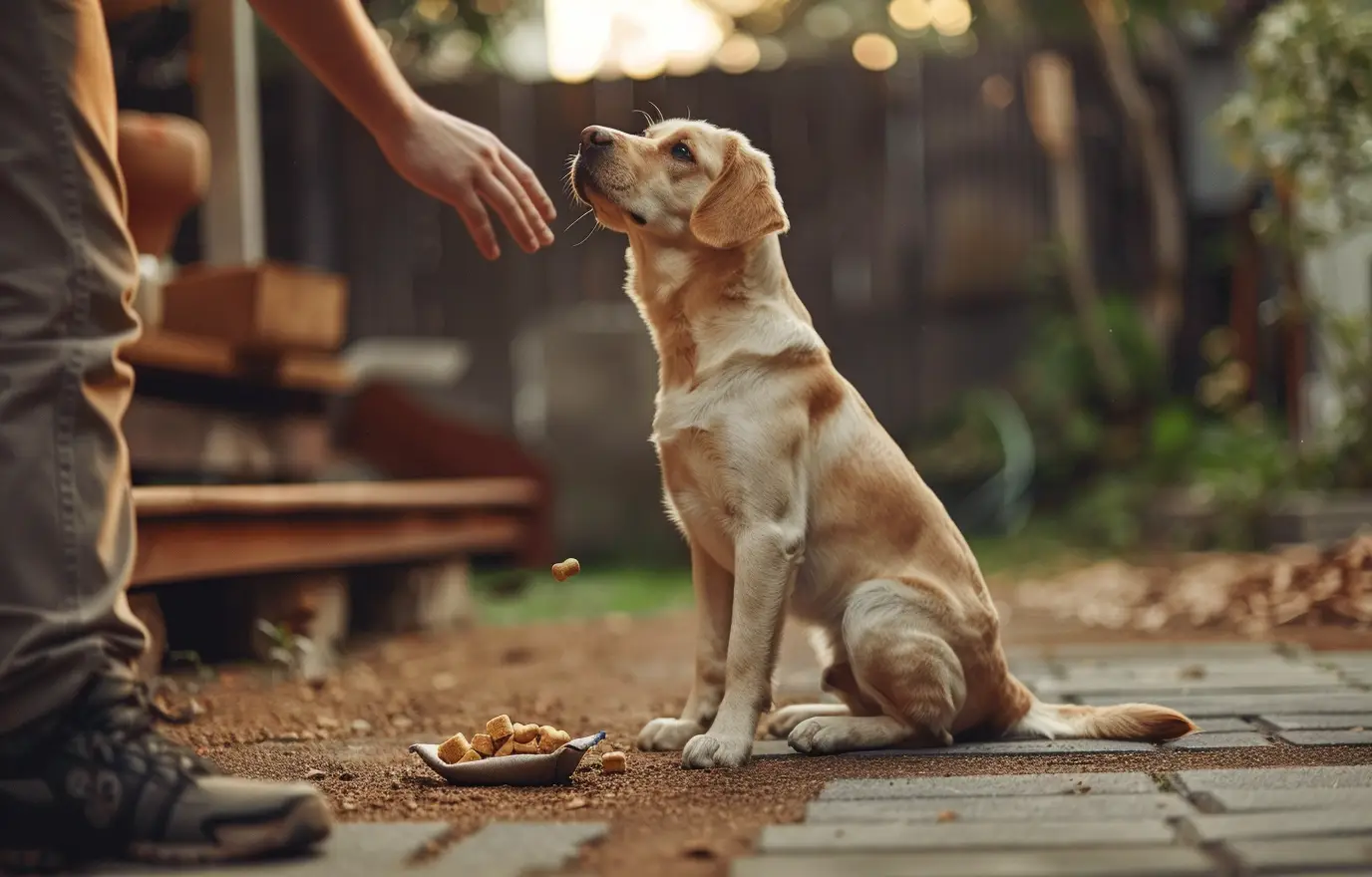
Command 1: Teaching Your Dog to Sit
Sitting isn’t just polite — it’s a great way to grab your dog’s attention when things get chaotic.
- Start with the basics. Stand in front of your dog, treat in hand, and say “[Dog’s Name], sit.” Hold the treat above their nose — they’ll naturally lower their bum to the ground to get a better look at the treat.
- Positive reinforcement! As soon as their bottom hits the ground, say “Yes!” and reward them with the treat. Dogs are food-motivated, so they'll quickly associate the word "sit" with the action.
- Introduce hand signals. Once your dog is comfortable with the verbal command, you can start using a hand signal. Raise your hand in front of their head while saying "sit," and they'll begin to connect the gesture with the command.
- Practice, practice, practice. Repetition is key. With enough practice, your dog will know to sit when you give the command — whether they want a treat or are just waiting for your next instruction.
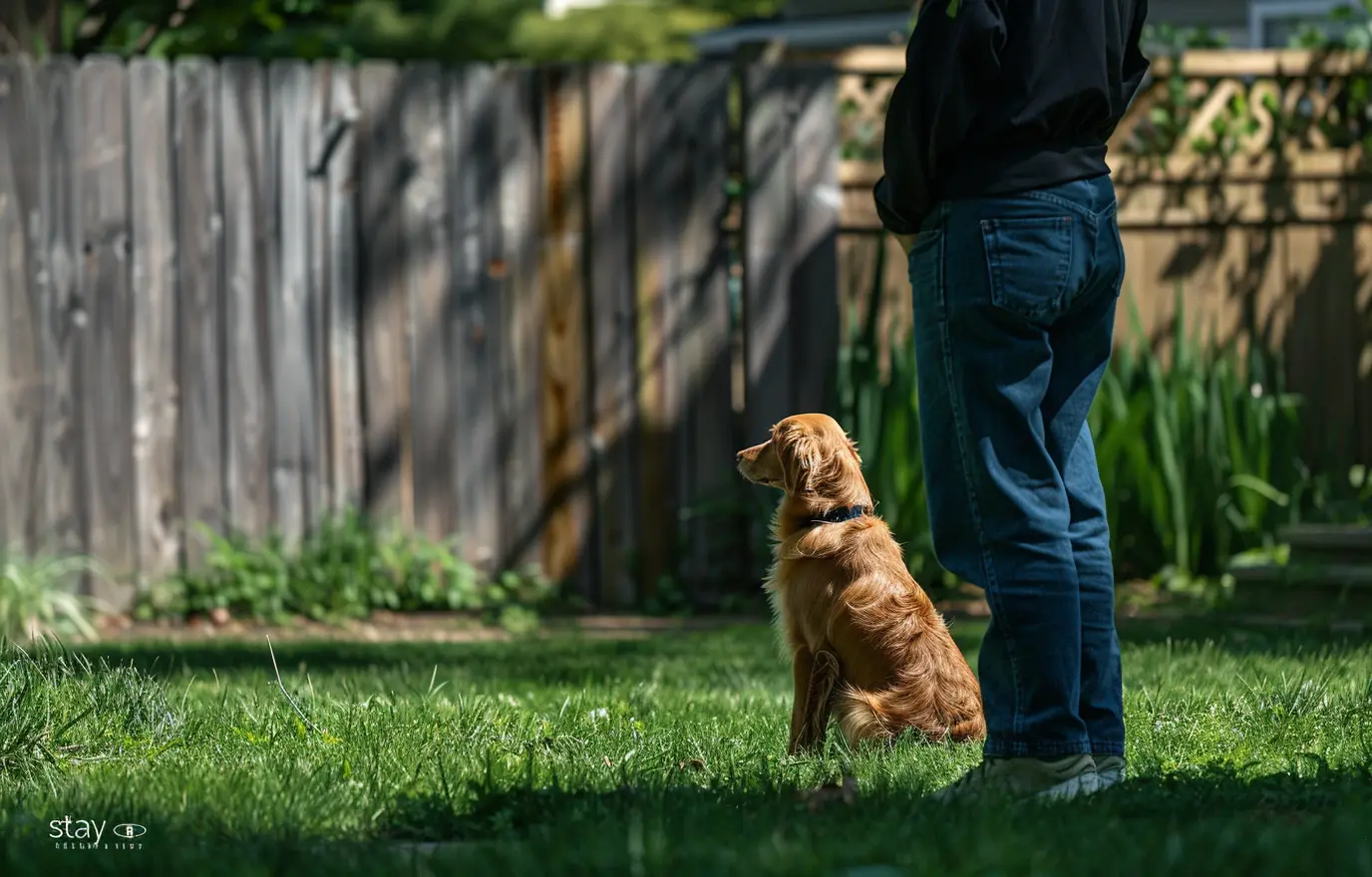
Command 2: Teaching Your Dog to Stay
The stay command is your go-to when you need your dog to, well, stay put — especially when things get a bit dangerous.
- Begin with your dog in a sitting position. Standing beside them, place your open hand in front of their face (palm facing them) and say “[Dog’s Name], stay.”
- Start small. At first, ask them to stay for just a few seconds. If they succeed, immediately praise them with a “Yes!” and give them a reward.
- Increase the time gradually. Once your dog is nailing the short stays, increase the time and distance. Remember, if they break the stay, go back to square one and build up again.
- Release command. Always give a release command like "OK!" or "Come" so your dog knows when it’s okay to move.

Command 3: Teaching Your Dog to Lie Down
“Down” is one of the most useful commands — it can instantly stop your dog from acting out and can even help them calm down.
- Start in a sitting position. With a treat in your hand, move it down towards the floor and say “[Dog’s Name], down.” Most dogs will follow the motion and lie down to reach the treat.
- Need a little help? If your dog doesn’t follow the command, gently guide their front legs to the ground. As soon as they’re down, give the treat and plenty of praise.
- Repetition is key. Practice this a few times until your dog begins to understand that “down” means lying flat on the ground.
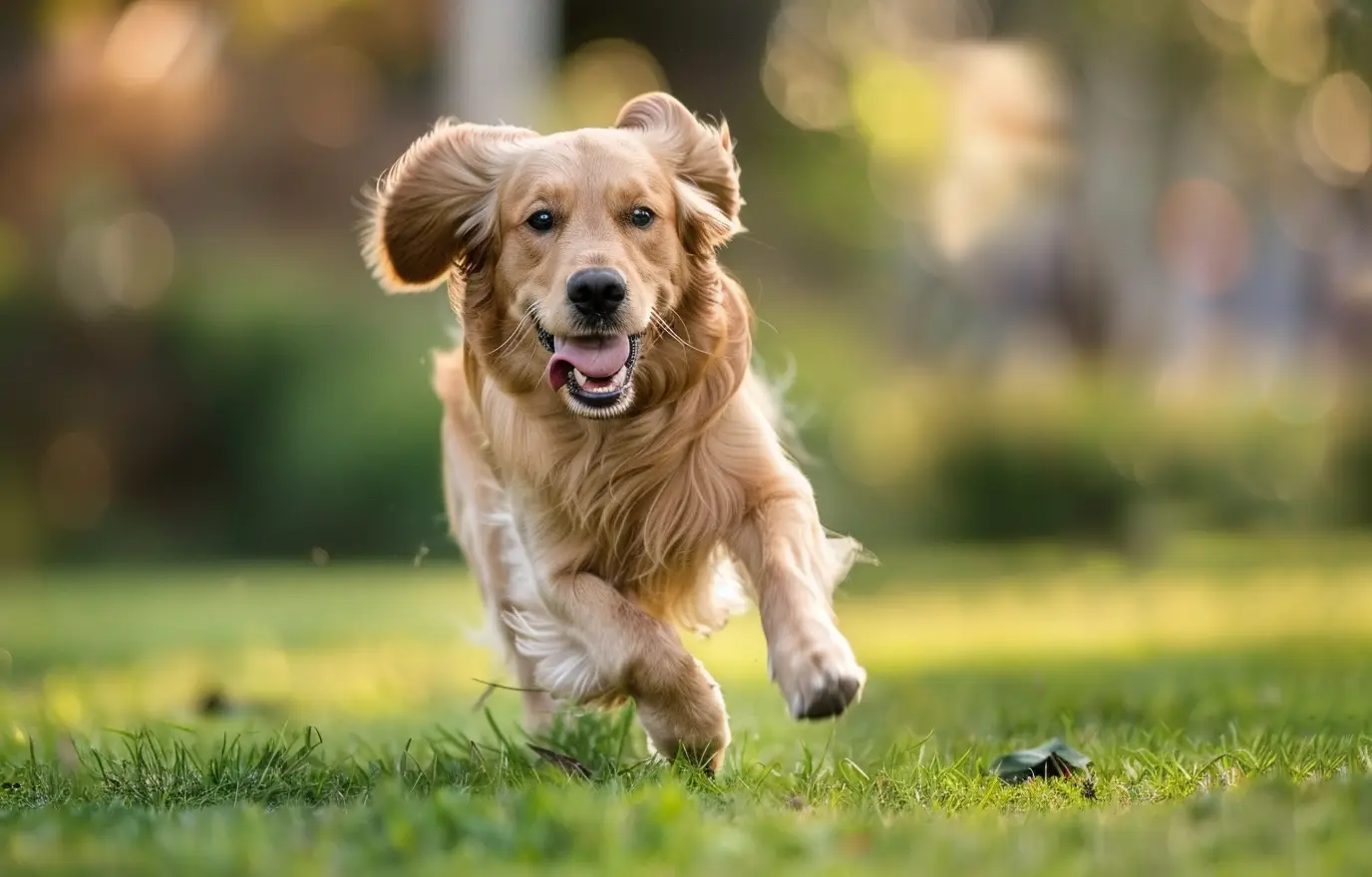
Command 4: Teaching Your Dog Recall (Come)
Recall is one of those life-saving commands that’s crucial when your dog is running off toward danger (or the neighbor’s barbecue).
- Start with your dog sitting. Call your dog’s name enthusiastically, followed by “come,” while showing them a treat.
- Encouragement is everything. Use an upbeat voice to make the “come” command sound like the best thing ever. Gently pull the leash if needed and praise them once they reach you.
- Reinforce with treats and praise. Every time they come to you, reinforce the behavior with a treat and plenty of affection. Over time, they’ll learn that coming when called is always rewarding.
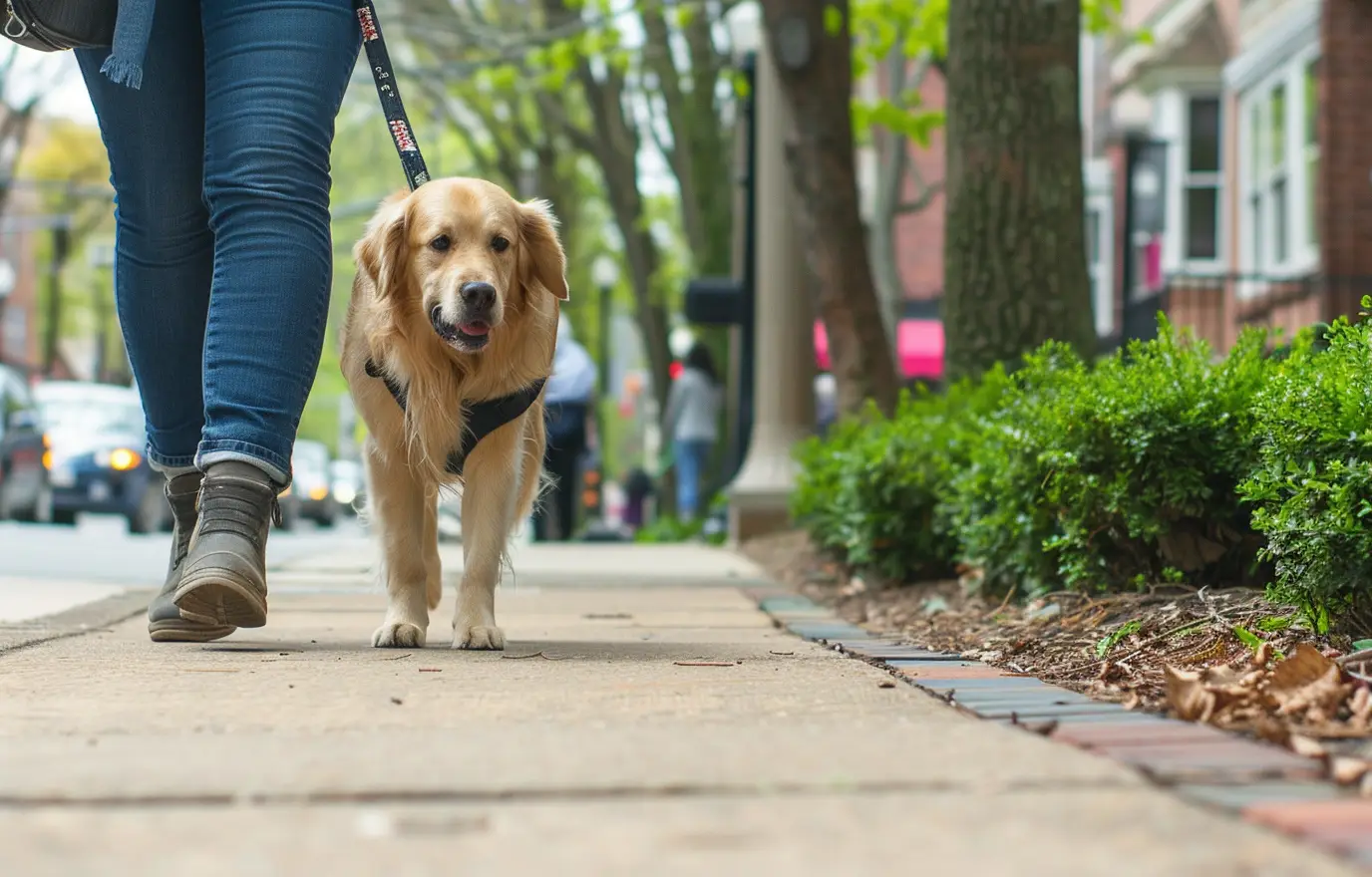
Command 5: Teaching Your Dog to Heel
“Heel” is a bit trickier, but it can save you from being dragged down the street by an overenthusiastic dog!
- Start by having your dog sit beside you. With your dog sitting at your left leg, facing the same direction, say “[Dog’s Name], heel” as you step forward with your left foot.
- Use gentle corrections. If they pull ahead or lag behind, use a gentle leash correction and repeat the command. You can also use a phrase like "Stay with me!" to keep them focused.
- Consistency is everything. Practice stopping and starting with your left foot. Over time, your dog will learn that your movements signal when to start walking or stop.
- Teach them to sit when you stop. Eventually, your dog will learn to sit automatically when you come to a stop — no more pulling or wandering off!
And there you have it — five essential commands that will save you from embarrassing moments and make life with your dog a whole lot easier. Remember, patience and consistency are your best friends when training your dog. With practice, your pup will be following commands like a pro, and you’ll be the envy of every dog owner at the park!
